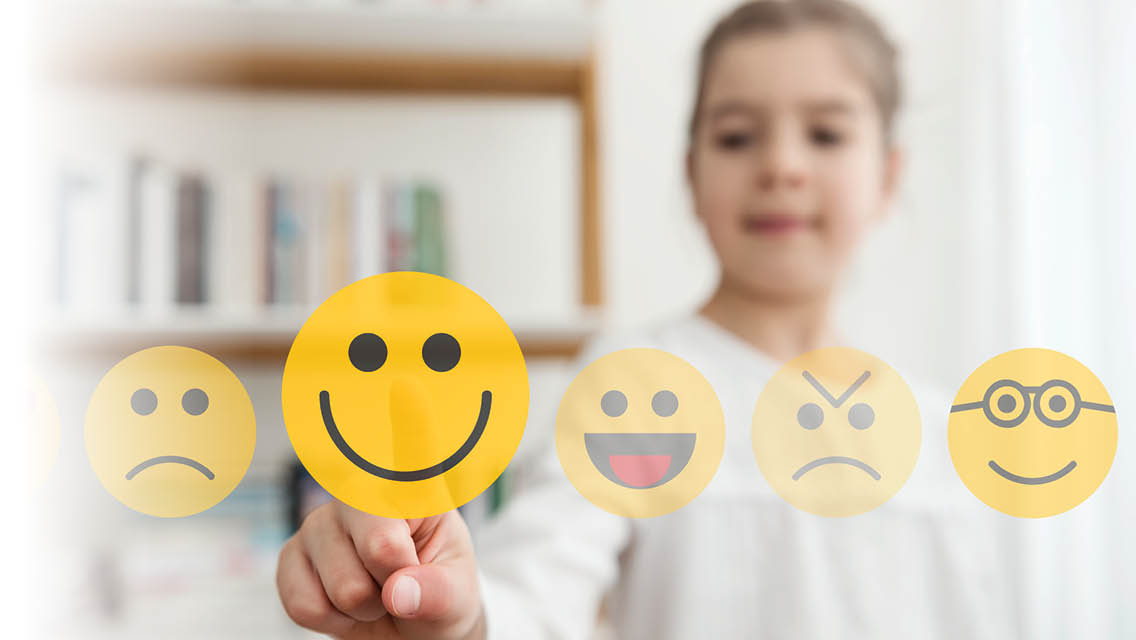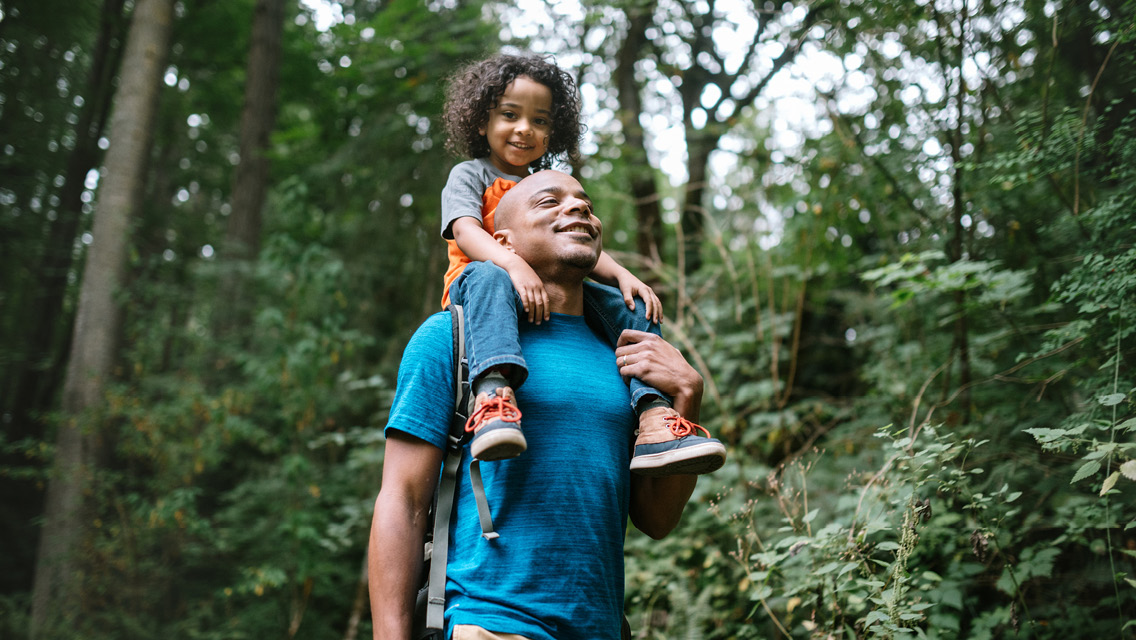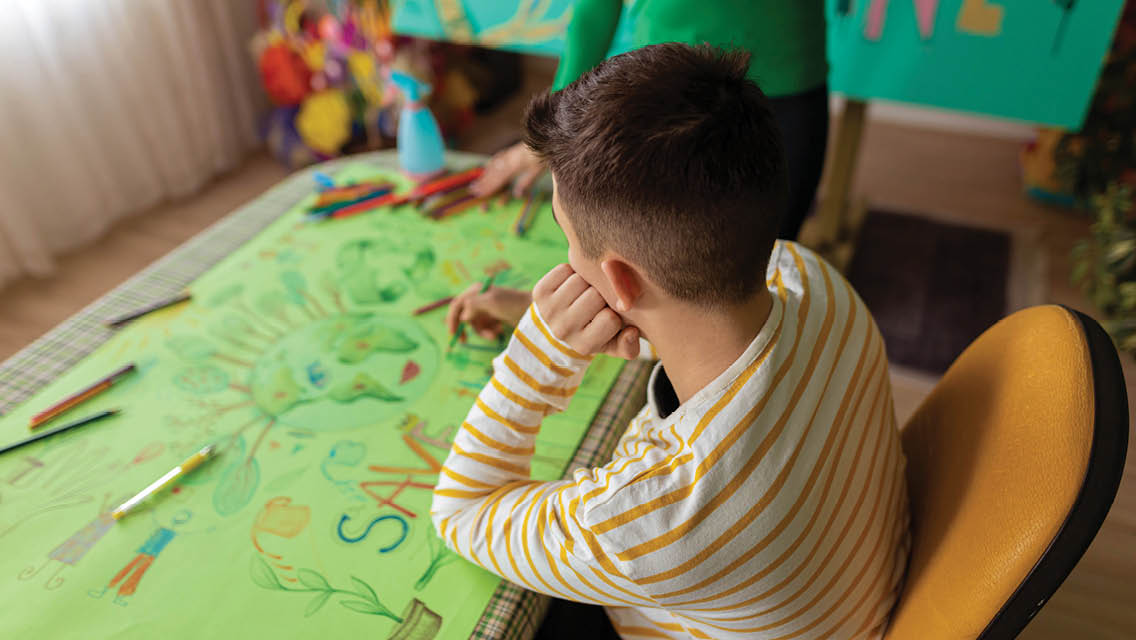It’s been the worst of times for our children.
Circumstances over the last few years, including the pandemic and the ongoing recovery, have burdened our youth with unprecedented hardships, according to multiple reports.
“A society must be judged by how it treats its most vulnerable — and most valuable — members: its children,” notes the Children’s Defense Fund’s report State of America’s Children 2020. “By this measure, America is falling shamefully short.”
A summary of the 2021 edition of the report further states, “Every aspect of children’s lives has been impacted by these shifts more quickly than data can track; even the most recent available data sets do not fully encompass how this past year has shaped our lives.”
In 2023, the Children’s Defense Fund issued an updated report that outlined the impact of the COVID-19 pandemic. In an introductory warning that summarized the findings, the authors stated, “Some of the information in this report may be alarming and disheartening.”
What follows are some of the key health considerations our children are facing — and some glimmers of hope for the future.
Nutrition
U.S. kids get the majority of their calories from ultraprocessed foods, according to a 2020 study in JAMA that analyzed the diets of 33,795 youths ages 2 to 19. In 2018, 67 percent of the calories consumed by kids came from ultraprocessed foods, up from 61 percent in 1999.
Meanwhile, childhood obesity has been steadily rising: 14.7 million kids ages 2 to 19, or 19.7 percent of U.S. kids, are now classified as obese, putting them at risk for poor health, according to the latest Centers for Disease Control and Prevention data. This is an especially prominent trend among kids ages 2 to 5, a 2018 study in Pediatrics finds.
The CDC defines obesity as a body mass index at or above the 95th percentile for youth of the same age and sex.
The condition is even more prevalent among nonwhite children: 26.2 percent of Hispanic kids and 24.8 percent of Black children are obese.
Poverty plays an especially harmful role in children’s nutrition. As many as 24.7 percent of youth from low-income families have obesity, according to the 2022 Robert Wood Johnson Foundation’s State of Childhood Obesity report. This compares with 9.2 percent of those in families from the highest income bracket.
While data is not yet available for postpandemic years, studies show the prevalence of childhood obesity increased by nearly 2 percent during just the first year of the pandemic.
In response to these trends, the American Academy of Pediatrics (AAP), in early 2023, released its first new guidelines on childhood obesity in 15 years. These kids require urgent, proactive, and intensive treatments, ranging from nutrition and lifestyle therapies to pharmaceutical interventions and bariatric surgery, the AAP states.
“The goal is to help patients make changes in lifestyle, behaviors, or environment in a way that is sustainable and involves families in decision-making at every step of the way,” explains AAP guidelines coauthor Sandra Hassink, MD, MS, vice chair of the group’s Clinical Practice Guideline Subcommittee on Obesity.
The AAP guidelines have sparked controversy, though. Notably, critics say the AAP report fails to meaningfully address the many roots causes of obesity as preventive medicine.
There is some good news on the nutrition front, though: Notably, the JAMA study found that calorie intake from sugar-sweetened beverages dropped 51 percent over the past two decades.
Parents have less control over school meals, yet the pandemic had a silver lining here. The National School Lunch Program feeds more than 30 million students daily — 22 million of whom are low-income — making it the nation’s second-largest antihunger initiative after the Supplemental Nutrition Assistance Program (SNAP). Thanks to the federal government’s pandemic-era emergency support for SNAP and the Special Supplemental Nutrition Program for Women, Infants, and Children, the number of children in food-insecure households (defined as having reduced access to quality, to variety, and to desirable food options) declined from 11.7 million in 2020 to 9.3 million in 2021, according to the Children’s Defense Fund — a 20.5 percent decrease.
Yet in the wake of the pandemic, that emergency U.S. governmental support for free school lunches ended, and only a handful of states stepped up to maintain programs.
The Life Time Foundation, which partners with schools to provide healthy meals, now serves 3,634 schools and 1.7 million students nationwide. “We are trying to help accelerate access to better ingredients, as well as scratch-cooking practices,” explains Life Time Foundation senior program manager Valeria La Rosa. “Despite all the challenges school-food professionals face, I’m feeling very hopeful about the future of school meals.”
Exercise and Movement
People of all ages were moving less during the pandemic — and that includes kids. Lockdowns, school and park closures, and youth-sports cancellations curtailed much organized activity. A study in BMC Public Health found that throughout the spring of 2020, 82 percent of parents of preteens ages 9 to 13 said their kids were more sedentary.
“Of public-health concern is [that] these short-term changes in behavior in reaction to COVID-19 may become permanently entrenched, leading to increased risk of obesity, diabetes, and cardiovascular disease in children as they get older,” says lead author Genevieve Dunton, PhD, MPH, professor of population and public health sciences and psychology at the University of Southern California.
“If the pandemic is resetting children’s trajectories for physical activity, that can be difficult to change.”
The CDC recommends that children and teens ages 6 through 17 get 60 minutes or more of moderate-to-vigorous physical activity daily. Ideally:
- Aerobic activity would make up the bulk of the daily 60 minutes; this includes activities like running, cycling, and sports that cause the heart rate to increase.
- Muscle-strengthening activity would occur at least three days per week; this might include climbing, pushups, or similar exercises.
- Bone-strengthening activity would occur at least three days per week; this might include jumping or running.
(For family-friendly exercise ideas, see “The 8-Station Family Fitness Circuit.”)
Mental Health
Even in the best of times, adolescence is a challenging phase, but the pandemic exacerbated kids’ inner turmoil. A 2020 meta-review of 63 studies, published in the Journal of the American Academy of Child and Adolescent Psychiatry, found that young people were more likely to experience higher rates of depression and anxiety during and after the enforced isolation of the pandemic.
American teens are experiencing an extraordinary mental health crisis, according to the latest CDC Youth Risk Behavior Survey, which assessed questionnaires from 17,232 adolescents at 152 high schools across the United States.
The survey found that nearly three in five teenage girls reported “persistent feelings of sadness or hopelessness” in 2021. That was double the rate of boys. Overall, 42 percent of high-school students said they felt so sad or hopeless almost every day for at least two weeks in a row that they halted their usual activities.
Twenty-two percent of all students said they seriously considered attempting suicide. This included almost one in three girls and 14 percent of boys.
The picture is especially troubling among LGBTQIA+ youth, 69 percent of whom reported persistent sadness (compared with 35 percent of heterosexual youths). And 45 percent said they considered suicide (compared with 15 percent of heterosexual kids).
“Young people are experiencing a level of distress that calls on us to act with urgency and compassion,” says Kathleen Ethier, PhD, director of the CDC’s Division of Adolescent and School Health. She says that the rates of mental health problems among adolescents have consistently risen since the survey began in 2011.
Describing the results of a longitudinal study published in PLOS ONE in 2021, Harvard research associate Maya L. Rosen, PhD, writes, “The COVID-19 pandemic has introduced unprecedented changes in the lives of children and adolescents. These changes brought a sudden loss of structure, routine, and sense of control. . . .
“Numerous pandemic-related experiences reflect novel stressors for youth and families, including unpredictability and daily-routine disruptions; unexpected loss of family members, friends, and loved ones; chronic exposure to information about threats to well-being and survival in situations that were previously safe; and social isolation.”
Other studies, surveys, and prominent experts have warned of a mental health crisis among teens as well. A 2021 special report from U.S. Surgeon General Vivek H. Murthy, MD, MBA, outlined “alarming increases in the prevalence of certain mental health challenges” among youth.
Experts cite multiple factors:
- Increased academic and social pressures, according to a 2019 Pew Research Center analysis of data from the 2017 National Survey on Drug Use and Health.
- Feelings of hopelessness brought on by the pandemic and the social isolation required by the lockdown and social distancing.
- The rise of smartphones, social media, and a general shift away from in-person socialization. In May 2023, Murthy issued another public advisory — warning that social media can have “a profound risk of harm to the mental health and well-being of children and adolescents.”
Murthy’s advisory notes: “In early adolescence, when identities and sense of self-worth are forming, brain development is especially susceptible to social pressure, peer opinions, and peer comparison.”
Harvard’s Rosen found that several simple strategies helped families promote better mental health during the pandemic. Those strategies include: adopting a structured daily routine, limiting passive screen time, minimizing exposure to news media, spending more time in nature, and getting quality sleep.
(Integrative psychiatrist Henry Emmons, PhD, discusses natural therapies to help support teens’ mental health at “How to Support Anxious Teens.”)
This article was updated on 9/23/2022.





This Post Has 0 Comments